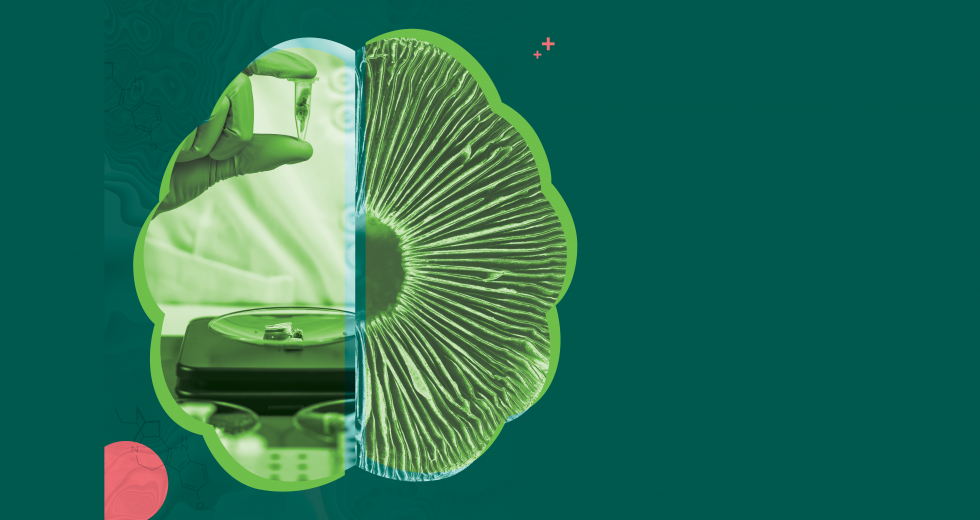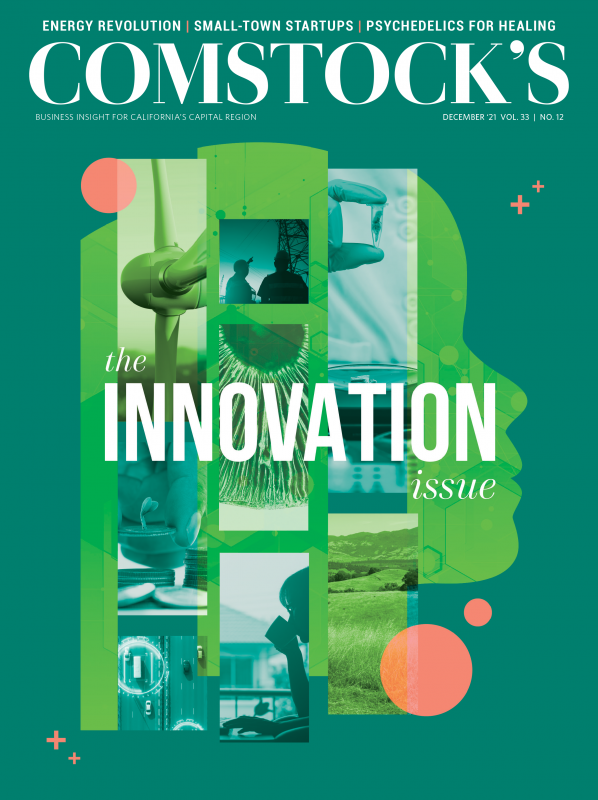One in 10 U.S. adults takes antidepressants. Despite their ubiquity, the drugs work slowly and often come with a slew of side effects.
“These drugs are dampening symptoms,” says UC Davis neuroscientist and associate professor David Olson. “They’re not really getting at the heart of the disease.” Olson, a recipient of the university’s Innovator of the Year award in 2021, is developing drugs he thinks can get at the heart of depression. The goal: a drug that requires just a single dose to outperform traditional selective serotonin reuptake inhibitors, better known as SSRIs. A drug that can not only treat mental illness but may be able to heal it.
To do that, Olson’s lab is harnessing the ability of psychedelic drugs to rewire the brain. After decades of cultural stigma and legal prohibition against the study of psychedelics, the past 20 years have seen a resurgence in research on the ability of psilocybin mushrooms and other hallucinogens to treat a variety of mental illnesses.
Olson’s goal is to develop drugs that offer the healing power of a psychedelic experience, without the trip. So far, Olson has created two drugs that research suggests stimulate the brain like psychedelics, but don’t produce hallucinogenic effects.
In 2019, Olson cofounded Delix Therapeutics to help bring his drugs to market with Nick Haft, managing director of OMX Ventures, a venture capital firm specializing in medicine and science technology in New York. In September, the company closed a $70 million Series A funding round, which will fund clinical trials for the two drugs by the end of 2022. Over 500 other novel psychedelic-like drugs are currently “in the pipeline” for drug development, Olson says.
Charting new territory
Not too long ago, Olson’s research would have been unthinkable. When Olson began his doctoral work at Stanford University in 2006, his colleagues warned him that researching psychedelics could be a career killer. But as a graduate student interested in brain disorders, Olson became captivated by early papers in the 1940s and ’50s showing the drugs’ effects on addiction and other mental health issues. “I just found the data so exciting, I couldn’t help it,” he says.
David Olson, a UC Davis neuroscientist, is developing psychedelic
drugs to help treat depression. In 2019, Olson cofounded Delix
Therapeutics to bring his drugs to market, and the startup
recently closed a $70 million Series A funding round. (Photo by
Fred Greaves)
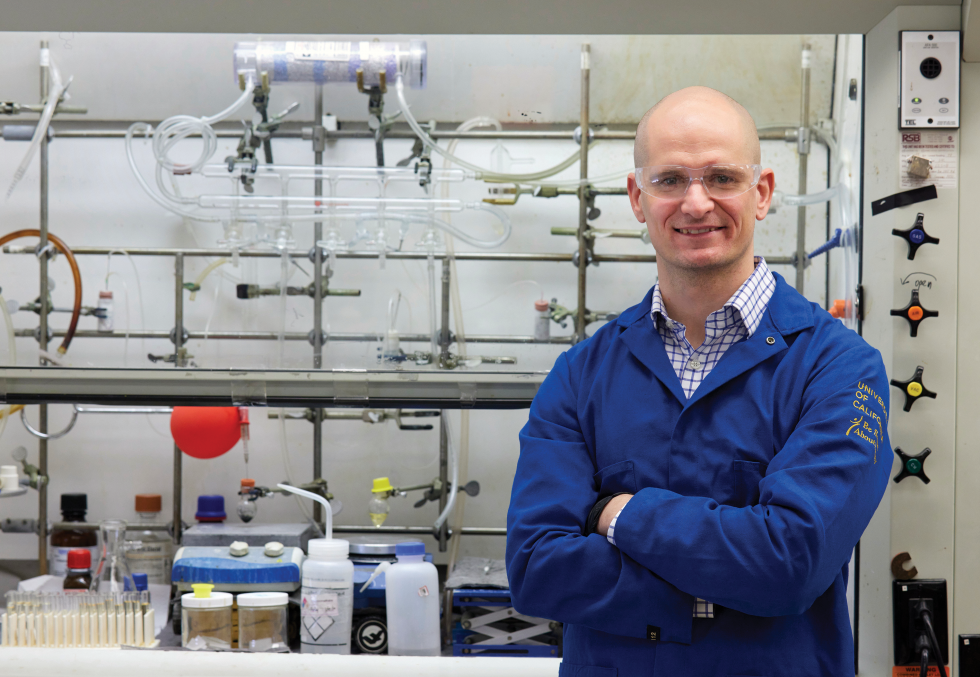
Following the discovery of LSD in 1943 (after a Swiss chemist accidentally ingested it) and the popularization of psilocybin mushrooms in 1957 (psilocybin refers to the hallucinogenic chemical found in some mushrooms), scientists across the world found astonishing evidence for the drugs’ efficacy in treating ailments.
But as psychedelics became associated with the counterculture movement of the 1960s, institutional support for the research waned. In 1970, the Controlled Substances Act classified LSD, psilocybin, mescaline and DMT as Schedule I controlled substances — the most restrictive designation for drugs with “no medical potential and strong likelihood for abuse.”
For David Nichols, a professor emeritus of pharmacology at Purdue University, it was a lonely time to begin a career in psychedelics research. He began his work at Purdue in 1974, just as funding for psychedelic research ground to a halt. “Most grant agencies didn’t fund any kind of research, unless it was negative,” he says.
In 2000, the field began to thaw when Johns Hopkins University School of Medicine professor and neuroscientist Roland Griffiths obtained government approval to give high doses of psilocybin to healthy volunteers. That research resulted in a 2006 study showing a single dose of the drug appeared to have positive effects on attitude and behavior. A follow-up study in 2016 showed it eased depression and anxiety in patients with life-threatening cancer.
Now, psychedelics are being studied at institutions across the country, with dozens of clinical trials underway and hundreds of scientific papers published. While early clinical trials focused on depression, addiction and anxiety, more recent trials are exploring the effect of psilocybin on treatment of anorexia, migraine headaches and attention deficit hyperactivity disorder.
Though the field has taken huge strides, Olson says psychedelic treatment has two drawbacks. The first is that not all patients can safely take the drugs. Some research suggests that psychedelics can hasten the onset of psychosis in patients with a family history of schizophrenia or other serious mental illnesses.
Psilocybin causes a transient increase in blood pressure, which can be dangerous for those with heart problems. Ibogaine, a drug derived from a West African shrub, has shown potential for treating addiction but can have “potentially fatal heart problems.” For some potential patients, the mere thought of entering into an altered state of consciousness can sway them away from treatment.
“It’s certainly my concern that economically disadvantaged people will have a hard time accessing these treatments.”
Peter Hendricks, psychologist and professor, University of Alabama School of Public Health
But a larger problem is that psychedelic-assisted therapy can be cost prohibitive. Patients must be monitored for up to eight hours after they take the drug, and most also receive therapy sessions before and after dosage. “It’s certainly my concern that economically disadvantaged people will have a hard time accessing these treatments,” says Peter Hendricks, a psychologist and professor at the University of Alabama School of Public Health in Birmingham.
Hendricks studies the use of psilocybin to treat substance use disorders. He worries psychedelics could follow a similar market trajectory to the ketamine-derivative esketamine. After research suggested the dissociative drug helps alleviate treatment-resistant depression, the FDA approved it for psychiatric use. But because the drug is so expensive to administer, it’s not often accessible via insurance. Most who access it do so through private pay clinics with hefty price tags. “And yet, many of the conditions that we’re evaluating, like substance use disorders, tend to disproportionately affect those of low income,” Hendricks says.
Olson also believes the inaccessibility of ketamine portends a similar future for psychedelic clinics. “It’s like a 1 percenter type issue. People who have the money to pay for expensive clinics, they’re getting the help that they need,” he says. “The 99 percent of people just don’t have that type of money.”
“We need to think about a more scalable alternative. Something so safe that you can pick them up at a retail pharmacy and take them as you would ibuprofen.”
David Olson, cofounder, Delix Therapeutics
He believes the key to making psychedelics accessible is creating a treatment that patients can safely take in their own home, without costly supervision. “We need to think about a more scalable alternative,” Olson says. “Something so safe that you can pick them up at a retail pharmacy and take them as you would ibuprofen.”
In 2018, Olson’s team published a paper demonstrating that psychedelics like psilocybin and ibogaine work by activating the brain’s 5-HT2A receptor, which promotes the creation of new pathways in the brain. That brain-rewiring ability is why psilocybin and other psychedelics can treat serious mental health conditions with just a single dose.
Olson calls chemicals with this ability “psychoplastogens.” But he says not all psychoplastogenic drugs produce a psychedelic high. Olson’s research uses the basic skeleton of psychedelic molecules, but tweaks their components to alter the effects of the drug.
In 2020, Olson published a paper in the scientific journal Nature documenting a novel version of ibogaine. The tweaked version, dubbed tabernanthalog, promoted brain cell growth in rat embryos and quelled substance-seeking behavior in adult rats conditioned to develop an addiction to alcohol or heroin. But tabernanthalog didn’t trigger the head twitch characteristic of rats experiencing a psychedelic drug, a sign the drug may not produce a hallucinogenic high.
In another publication, Olson’s team documented a similarly tweaked version of the drug MDMA, a stimulant and common club drug better known as ecstasy or molly, which increases feelings of empathy.
Olson wanted to ensure his research wasn’t confined to lab rats. “In my view, it’s a moral obligation for academics who make discoveries that could actually impact human health to see it through to the finish line,” he says. “The only way to bring a drug to market and actually help patients is to go through the entire process, which involves working with private companies.”
The psychedelic industry
While UC Davis owns the patents for the drugs derived in Olson’s lab, the university is partnering with Delix to bring them to market. Delix is just one of a growing number of companies in the psychedelic industry. The market for psychedelic drugs, valued at $4.75 billion in 2020, is projected to grow to nearly $11 billion by 2027.
Nichols says money comes from investors hoping psychedelics will follow the soaring trajectory of the recreational cannabis industry. But he doesn’t see a similar boom on the horizon for psychedelic drugs, which are designed to be used infrequently. Although he says there is some money to be made, “there’s certainly not enough for all the companies that are trying to do it.” Unlike Olson, most psychedelic companies aren’t developing new drugs. Instead, they’re developing new ways of producing and administering psilocybin and other existing psychedelics.
Among companies that are creating novel compounds is London-based Compass Pathways. A pioneer in the psychedelic industry, Compass’ main focus is synthetic psilocybin created from bioengineered microorganisms. But the company’s Discovery Center is researching tweaked versions of psychedelics similar to Olson’s. In September, the company bought an intellectual property portfolio with patent applications for multiple novel psychedelics and empathy-boosting drugs.
New York-based company MindMed has developed a drug similar to Olson’s tabernanthalog, an ibogane derivative called 18-MC currently undergoing phase II clinical trials.
Hendricks, the University of Alabama psychologist, is interested in the novel treatments Olson and others are developing, but skeptical of their efficacy. He, along with collaborator Matthew Johnson at Johns Hopkins, have published papers arguing that the transcendent, sometimes spiritual experiences of awe produced by psychedelics aren’t just a side effect but integral to how the drugs affect the brain.
“How would a human derive meaning from an experience that has no salient subjective effects or memories?” Hendricks says. “Based on what I’ve seen so far, I think it’s very likely that without those subjective effects, you don’t get quite the same type of outcomes.”
“(Patients of psilocybin-assisted therapy) had a very profound experience that really changed their lives dramatically.” David Nichols, professor emeritus of pharmacology, Purdue University
Nichols likewise thinks while the trip-free psychoplastogens might work for patients with clinical depression who would otherwise take an SSRI, he’s more skeptical about their ability to treat those with addiction or severe trauma. Patients of psilocybin-assisted therapy, “had a very profound experience that really changed their lives dramatically,” he says. “I don’t think that will happen with a pill.”
Olson argues that even if his drugs aren’t quite as potent as classic psychedelics, they still might outperform traditional antidepressants. “If we can just get a fraction of the massive effect size of psilocybin,” he says, “we would still blow a lot of traditional antidepressants out of the water.”
–
Stay up to date on business in the Capital Region: Subscribe to the Comstock’s newsletter today.
Recommended For You
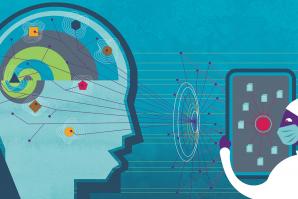
Can Artificial Intelligence Improve Mental Health?
After the disruption of 2020, the push for more collaborative affiliations has become even more urgent. At the core of this evolving model is technology.

Bridging Health Care Gaps
WellSpace Health CEO Jonathan Porteus on serving the underserved in our communities
WellSpace has operated since 1953 and provides a range of health care services across nearly three dozen sites in Sacramento, Placer and Amador counties. Comstock’s spoke with CEO Jonathan Porteus about how his organization works to achieve regional health.
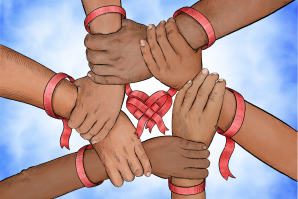
Ties That Bind
Here are 10 strategies for protecting the mental health of members of your family business.



